Higher prices received during 2011 created more hype in the trade and put more life and optimism into the sheep sector. This saw a sharp increase in demand and prices paid for ewe lambs in sales in the second half of 2011. A high percentage of these ewe lambs were put to the ram with many flockowners returning to or breeding from ewe lambs for the first time.
While this was a positive aspect in terms of continuing recovery in sheep numbers, it also had associated downsides. Higher demand and increased competition saw many flockowners purchase ewe lambs that were not up to breeding standards. Flockowners who purchased ewe lambs with the intention of putting these in lamb, holding over the winter period and selling pre-lambing found that there was very low demand for these animals in spring.
Plainer quality animals were worst affected and in many cases, the price on offer did not cover the associated costs or even worse there was no sale for these animals.
Many traders quickly found that these lambs would have been a far more attractive seller had they not been put in lamb at all. The effects of this are still been realised with plainer quality ewe hoggets ran dry and now being offered for sale also meeting a sluggish trade.
Prices for these animals are also not at a level to return a worthwhile margin. This has refocused the attention of many flockowners or traders in ewe lambs with the price of plainer quality ewe lambs returning to finished lamb levels and a wider differential developing between plainer and top quality animals.
Lamb selection
Lamb selection is central to the success of breeding ewe lambs and also operating dry hogget enterprises. Where the aim is to breed ewe lambs this year, the weight of animals at mating is one of the most critical factors.
The recommended weight at breeding is at least 60% of the mature body weight of the particular breed. A number of examples of this are included in Table 1. Many flockowners target a higher weight than that shown for the mountain breeds as they find that breeding from these animals in harsher conditions puts severe pressure on the animal with the majority of these replacements ran dry over the winter.
Breeding below the target weight for continental crosses can lead to increased lambing difficulties.
It will also require significantly higher levels of management through lactation if hoggets are to reach peak performance at breeding.
Selection of ewe lambs should also factor in where possible selection on maternal traits.
Obviously breeds such as Belclare and Bluefaced Leicester, for example, will have known maternal qualities but there are many more breed crosses that will improve breeding capabilities. For example, incorporating Blackface, Cheviot, Lleyn, Mule, Greyface, etc, into the base breeding in the ewe flock can improve hardiness and maternal qualities at lambing.
Where selecting from within the flock, selecting from proven ewes or sires breeding lambs with maternal qualities will have added benefits.
Lambs short of length and those bred from terminal sires should be avoided as these animals will, in general, not develop into good quality hoggets. The aim should be to select lambs with plenty of length that will pass this characteristic into their offspring.
Mating date and duration
Traditionally, ewe lambs were mated to lamb after the main flock of ewes. The reasoning behind this is that ewe lambs require higher levels of attention and can occupy lambing pens for longer. This suits certain circumstances but alternative views to this also have merit.
Some flockowners mate ewe lambs to start lambing approximately two weeks into lambing in the main flock.
The thinking behind this is that labour will have reduced with a significant proportion of mature ewes lambed at this stage. Ewes that are left to lamb will then provide options for cross fostering twin or triplet lambs or lambs from animals short of milk while it will also tighten the lambing spread.
Whatever mating date is chosen, it is important to keep the duration rams are left with ewes tight.
There is no point in leaving rams with ewe lambs for two months as it will lead to a prolonged lambing period and also leave a very short window of time to get animals to the required body condition for subsequent breeding of the mature flock. The maximum recommended mating period is approximately four weeks or two cycles.
Tight grass supplies
Where grass supplies are tight and ewe lambs are below the targets mentioned above, action needs to be taken now to get these lambs to the required breeding weight and condition.
It is better to supplement lambs with concentrates at a rate of 0.3kg to 0.5kg per head per day now than having to introduce very high levels of meal feeding in the weeks immediate to lambing in the hope of quickly gaining weight and condition.
VACCINATION
Flockowners and vets reported a significant increase in abortion this spring. Reports suggested that toxoplasmosis is the main offender. A vaccination, Toxovax, can be administered at least three weeks before the breeding season. Take note as Enzovax, the vaccination for enzootic abortion needs to be administered at least four weeks before mating. The two vaccinations can be administered at the same time.
RAM SELECTION
The importance of selecting easy lambing rams cannot be emphasised enough. This will not ensure lambing difficulties are avoided but, along with correct feeding management in the final stages of pregnancy, it will help reduce difficulties. Run a mature ram over a ram lamb. This is as ewe lambs will not seek out the ram and a mature ram will therefore pick up ewe lambs in heat faster.





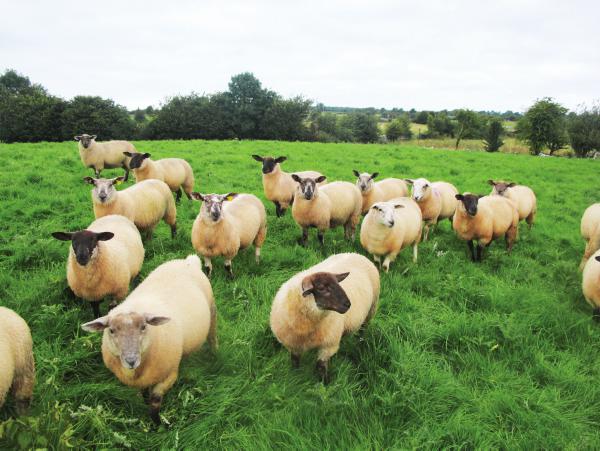
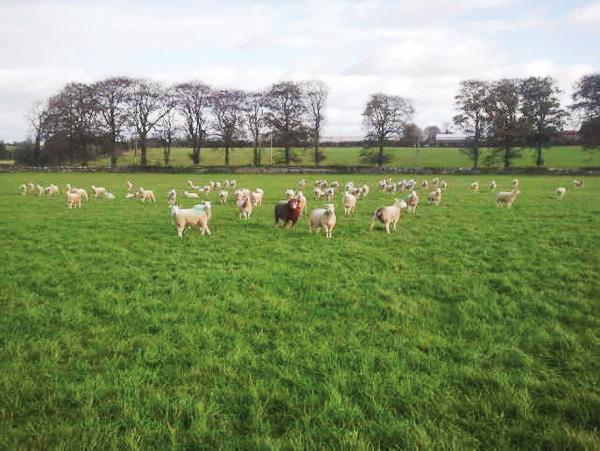

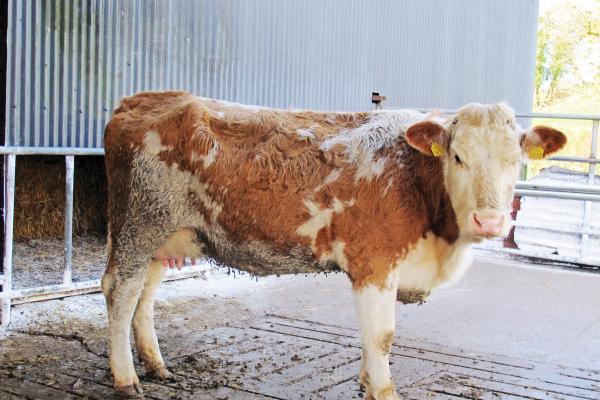
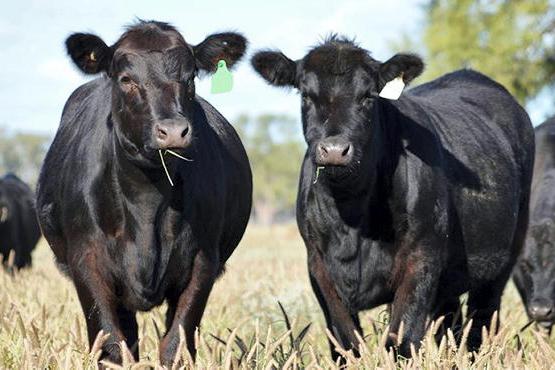
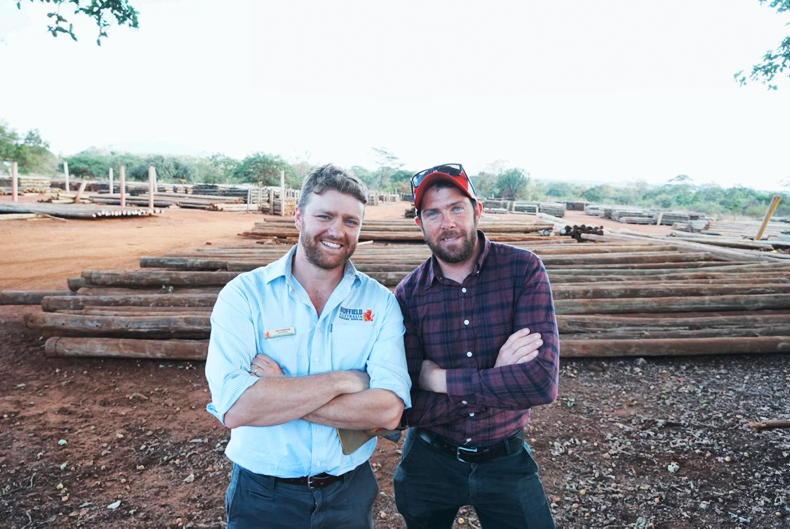
SHARING OPTIONS